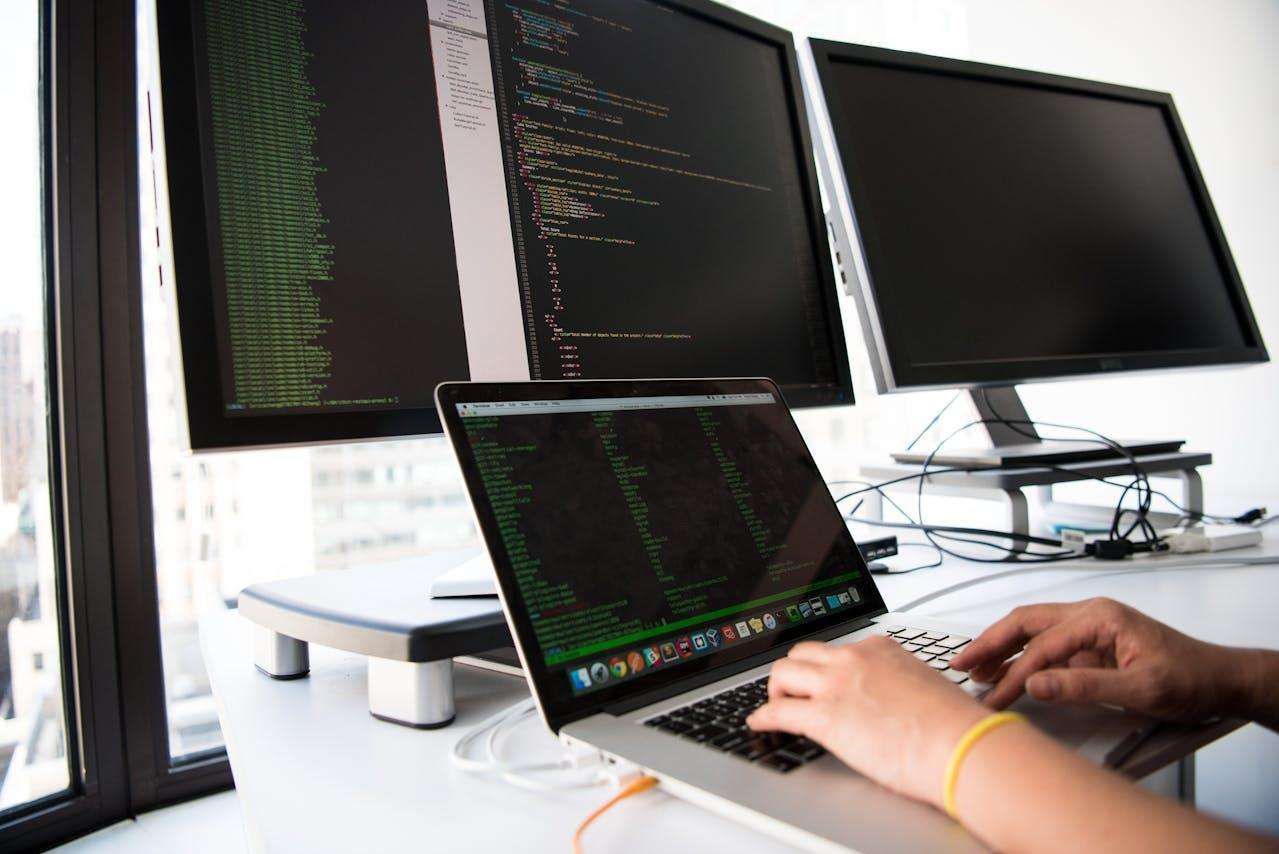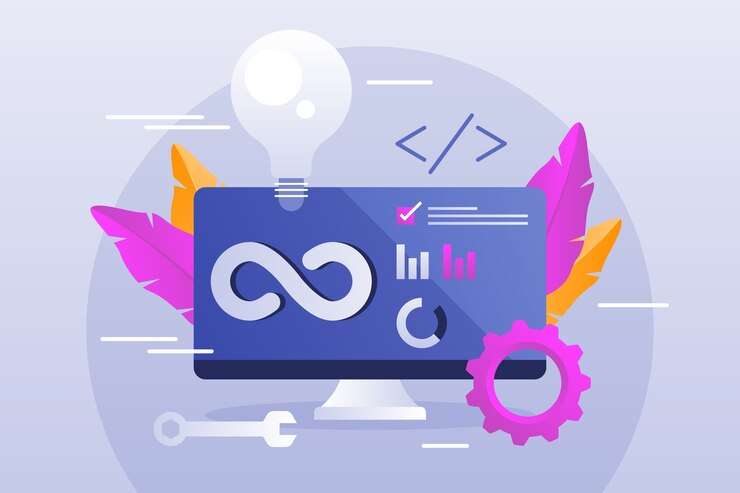Laravel is an open-deliver PHP framework that simplifies the development technique and boosts productivity for developers. It offers a vast range of features and tools, making it a preferred choice for many web developers. Its market share of 1.6% proves its significance in the web development industry.
This article provides a comprehensive guide on how to use Laravel effectively, including essential tips for beginners and experienced developers alike. Whether you’re looking to start with PHP or enhance your skills, this article will help you better understand Laravel’s capabilities and utilize them to their fullest potential. So, dive in and elevate your web development game with Laravel.
1. Download The Laravel Framework To Your Local Environment
To begin using the Laravel framework in PHP, the first step is to download the Laravel framework to your local environment. This can be achieved effortlessly by utilizing the Composer dependency manager to install the Laravel installer package.
Upon successful installation, the user can create a new Laravel project that comprises all the essential dependencies necessary for a seamless experience.
To install the Laravel installer package, run the following command in the terminal: `composer global requires Laravel/installer`.
Once the Laravel installer package is installed, a user can create a new Laravel project by running the `Laravel new projectname` command.
This command will create a directory named “projectname” containing a fresh installation of the Laravel framework.
2. Set Up The Web Server and Database For The App
The Laravel Framework is one of the most powerful tools for building PHP applications. It offers various features and comprehensive tools to help developers create robust applications quickly and easily.
Before one starts working with Laravel, it is essential to set up the application’s web server and database. This ensures that the developer has a stable platform to work on and can avoid any potential setbacks that may arise from a lack of proper setup.
To begin, the user will need to install a web server such as Apache or Nginx, then install MySQL as your database platform.
Once the components are installed, the user can move on to configuring the necessary permissions on the database so their application can access it.
After this step, the user can connect their application to the database using a connection string provided by Laravel or an environment file containing all their settings.
The user should configure the web server and database to communicate with each other. Once these steps have been completed, the user will be ready to use the Laravel Framework.
3. Configure The Environment Variables
The third step in setting up the Laravel Framework is configuring the environment variables.
This step is critical to the proper functioning of the application since the environment variables store basic configuration settings, such as database credentials, application URL, and other parameters.
The surroundings variables need to be configured in the .Env file withinside the foundation directory. This file contains all the necessary environment variables, such as database credentials, application key, mail settings, the app URL, and cache settings to be configured for the application to function correctly.
The .env file also contains variables for other software packages, such as Composer and NPM, which need to be configured to install and use the packages properly.
It is essential to ensure that all environment variable values are valid and entered correctly in the .env file.
4. Install The Composer Dependency Manager
To begin using the Laravel framework, you must first install the Composer dependency manager.
Composer is a PHP programming language application-level package management. It allows developers to include and manage project dependencies easily.
To install Composer, access the Composer download page, select the appropriate version for your operating system, and follow the instructions provided.
Once installed, you can access the command-line installer and use the Laravel framework.
5. Create a New Laravel Project
After downloading and installing the Laravel framework, the user can create a new Laravel project with the help of the Composer package manager.
To begin, the user should open the command-line interface and navigate to the directory where they want to create the project.
Then, they should run the following command: `composer create-project Laravel/Laravel your-project-name –prefer-dist`.
This command will create a “your-project-name” directory containing a fresh Laravel installation. Finally, the user can start developing their application with the help of the Laravel framework.
6. Generate Models, Views and Controllers
Once the user has finished the database configuration and migrations, it is time for them to create their application’s models, views, and controllers.
Models are the classes that interact with the database. Views are the HTML templates that render the user interface, and controllers are the classes that handle user requests and manage the application logic.
In Laravel Framework, the Artisan command-line tool generates the models, views, and controllers. This can be done by running the following commands: `php artisan make: model`, `php artisan make: view`, and `php artisan make: controller`, respectively.
7. Develop the Utility logic
Once the application skeletons are built, the user should move on to the application logic. This is the heart of their Laravel application, where they will define all the routes and controllers.
As the user begins to build out the application logic, they should break it down into manageable components.
This will help them easily keep track of the application’s organization and structure. Also, they should test their code often so that they can identify any errors early on in the development process.
8. Deploy the application to the production server
Once the application is complete, it must be deployed to a production server. This process can be done via the command line.
To deploy the application, run the following command in the root directory of the application: php artisan deploy.
This command will deploy the application to the production server. It is important to note that the production server should be set up correctly before deploying the application.
This includes setting up database connections and configuring any environment variables. Once the application is successfully deployed, it should be ready to use.
Conclusion
Laravel is an excellent framework for PHP developers, providing tools and features that simplify the development process. By following the steps outlined in this article, you can get started with Laravel and take advantage of its benefits to build robust web applications.
If you’re looking for professional Laravel development services, plenty of options are available. You can hire a Laravel developer to help you build a custom web application or maintain an existing one. With their expertise, you can ensure your project is completed on time, within budget, and to the highest standards.









